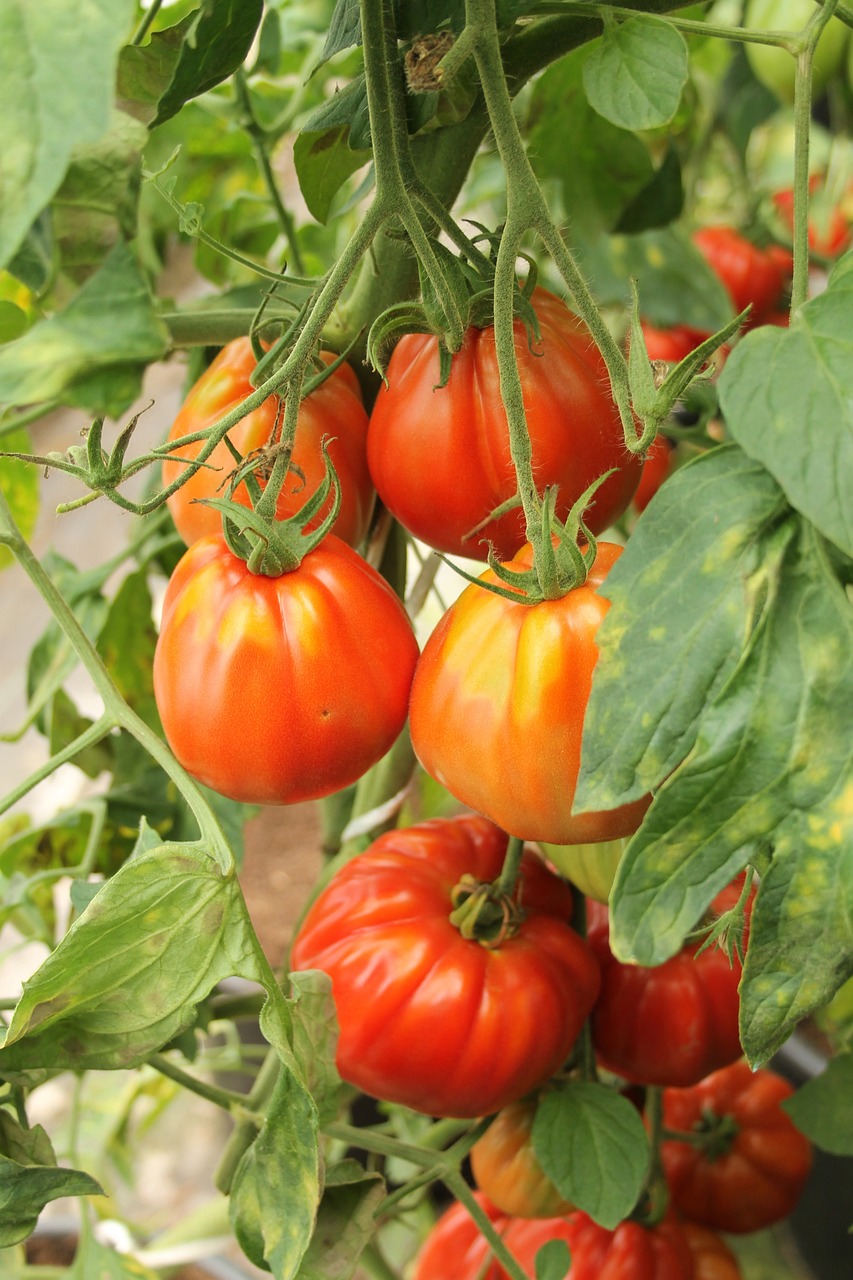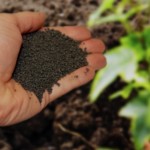Beefsteak tomato plants, known for their large and flavorful fruits, have become a staple in many gardens. Their popularity stems from the rich taste and versatility they bring to the table. In this article, we’ll explore everything you need to know about growing and nurturing these robust plants to ensure a bountiful harvest.
Introduction
Beefsteak tomatoes are a favorite among gardeners for their large, juicy fruits and rich taste. Pruning, often overlooked by amateur gardeners, plays a vital role in enhancing the overall health and productivity of these plants.
Why Pruning Matters
Pruning serves as a preventive measure against diseases, improves air circulation, and encourages the plant to channel its energy into fruit production. The benefits are substantial, making it a crucial aspect of beefsteak tomato care.
When to Prune Beefsteak Tomato Plant
Timing is everything when it comes to pruning your beefsteak tomato plant. Aim for the right balance between allowing the plant to establish itself and pruning at the optimal time for enhanced productivity. Typically, start pruning when the plant reaches a height of about 12 to 18 inches.
The Pruning Process
Identifying the Right Stems to Prune
Not all stems are created equal. To maximize the benefits of pruning, focus on removing the suckers – the small shoots that form in the crotch between the main stem and branches. This directs the plant’s energy towards the main stem and developing fruit.
Pruning Techniques
Precision is key in the pruning process. Use clean, sharp pruning shears to make angled cuts, preventing damage to the remaining stems. Remove any yellow or diseased leaves to maintain plant hygiene.
Determining the Pruning Frequency
Pruning is not a one-time affair. Regular monitoring of your beefsteak tomato plant is essential. Weekly checks for new growth and the appearance of suckers will ensure you stay ahead of the pruning curve.
Advanced Tips for Optimal Growth
Supporting Your Tomato Plant
Consider using stakes or cages to support the beefsteak tomato plant. This not only aids in maintaining an upright structure but also facilitates efficient pruning by providing easy access to stems.
Fertilization Techniques
Providing the right nutrients is essential for robust beefsteak tomato plants. Regularly feed them with a balanced fertilizer containing essential elements like nitrogen, phosphorus, and potassium. Adjust nutrient levels based on soil tests and plant growth stages.
Common Pests and Diseases
Identifying and addressing potential threats is crucial for a thriving tomato crop. Keep an eye out for common pests like aphids and hornworms, implementing organic pest control methods when necessary. Diseases such as early blight and powdery mildew can be mitigated through proper spacing and fungicide application.
Conclusion
In conclusion, growing beefsteak tomato plants is a rewarding and enriching experience for gardeners of all levels. By following these guidelines, you’ll not only ensure a flourishing harvest but also nurture a deeper connection with your plants.
FAQs:
- Q: Can beefsteak tomatoes be grown in containers?
- A: Yes, beefsteak tomatoes can be grown in large containers with proper soil and support.
- Q: How often should I fertilize my beefsteak tomato plants?
- A: Fertilize every 2-3 weeks during the growing season, adjusting based on plant health and soil conditions.
- Q: What are common pests to watch out for when growing beefsteak tomatoes?
- A: Aphids, hornworms, and whiteflies are common pests; organic pest control methods are recommended.
- Q: Can I save seeds from my beefsteak tomatoes for the next planting season?
- A: Yes, collect seeds from fully ripe tomatoes, dry them, and store in a cool, dry place for future use.
- Q: Are beefsteak tomatoes suitable for making sauces and preserves?
- A: Absolutely! Their meaty texture and rich flavor make them ideal for sauces, jams, and preserves.






